[ad_1]
WWDC is simply a few months away. Until there’s a dramatic break from custom, Apple will preview its new working techniques—iOS 16, iPadOS 16, macOS 13, tvOS 16, and watchOS 9—whereas highlighting all the largest options and design modifications they carry through the keynote occasion on June 6 at 10am PT. Whereas these of us who observe Apple intently all the time get enthusiastic about new {hardware}, these main working system updates are a giant deal—the digital lives of over a billion folks can shift dramatically by what Apple chooses to do with its software program.
As we do yearly, we’re going to focus on a few of the areas we hope to see Apple handle in its subsequent huge yearly replace. (See our iOS 15 wishlist from final yr.) It’s not as if Apple makes its choices based mostly on what we are saying, or would have time to implement these options earlier than its huge developer convention, however the discussions that brew from these solutions are a productive a part of bettering the units that so profoundly affect our lives. With that in thoughts, listed here are a few of our prime needs for iOS 16.
We run via all of the options stated to be coming in iOS 16 in a separate article.
With iOS 14, Apple utterly overhauled widgets. They give the impression of being nice, really feel extra standardized, and may now seem on your own home display screen, blended in with app icons.
However they misplaced one thing vital on the similar time: interactivity. Widgets can visually replace with new data, however should you faucet on it, you open the related app. Gone is the flexibility to faucet a button or slider on a widget and really do one thing.
That is particularly irritating within the case of apps like Apple Music, whose controls work proper from the widget on Android and don’t do something however open up the app on iOS.
Clearly, some safeguards must be in place. The framework for interactive widgets must be sure you don’t do one thing like flip off your own home alarm with an unintentional faucet. However there’s loads of room for widgets with easy controls to do helpful issues with out leaping into apps on a regular basis.
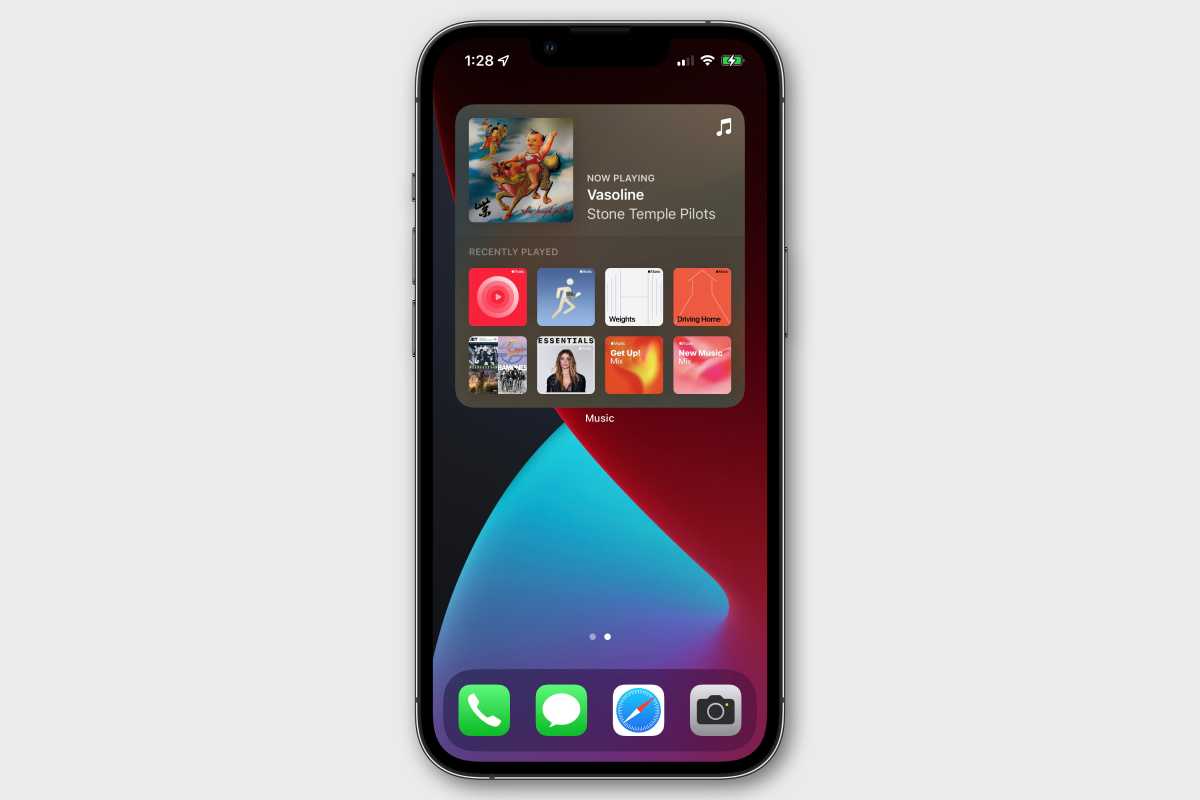
IDG
All the time-on show
We’re going to maintain asking for this till Apple relents. There’s no cause that each iPhone with an OLED show (which is a number of fashions during the last a number of years) couldn’t have some helpful data displayed always. Android telephones have had them perpetually.
At the very least, it needs to be an choice. Customers who’re particularly involved about battery life or burn-in might disable it, although a smartly-designed always-on show wouldn’t deliver a lot threat of both. Simply ask Apple, who carried out an always-on show on Apple Watch, perhaps its most battery-sensitive machine.
I simply need to have the ability to see the time, date, and climate, and get some sense of what vital notifications are ready for me by glancing over on the telephone at my desk with out even selecting it up. That’s not an excessive amount of to ask for in 2022.
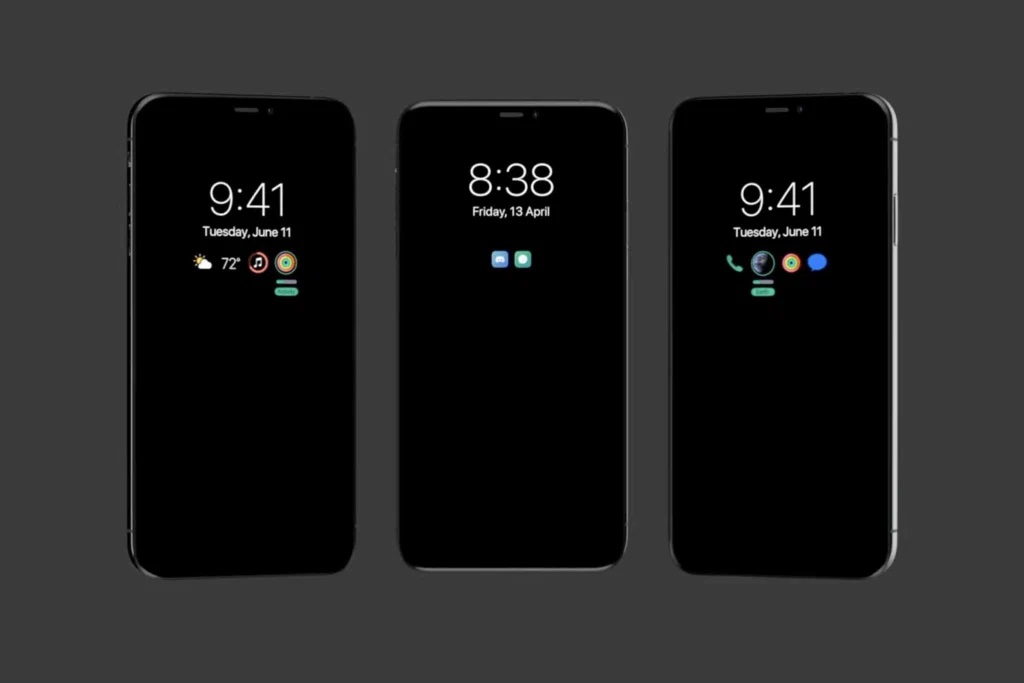
EverythingApplePro
Lock display screen enhancements
With iOS 15, Apple tried to fight notification overload on the lock display screen by condensing them right into a “scheduled abstract.” Mixed with the brand new Focus modes that cover notifications throughout sure actions, the objective is to assist maintain you from getting overwhelmed by attention-seeking apps so usually.
It’s a pleasant concept, but it surely’s virtually nugatory as a result of it requires an excessive amount of work to arrange. Every thing is opt-in, and customers should determine which apps belong within the abstract, what their focus modes needs to be and the way they need to act, and so forth. We’ve all the time been in a position to handle our notifications, however everybody simply makes use of the defaults for every little thing.
I’d wish to see Apple take a unique method to cleansing up the lock display screen. Let customers pull down the notification shade in the event that they wish to see notifications, and provides the lock display screen a easy notification depend (tapping on it could additionally open the notification shade). Release all that area for different helpful knowledge just like the climate, battery ranges for related units (your Apple Watch is under 20%!), or different easy data icons.
There are many potential methods to make the lock display screen extra helpful, however the easy clock and notification record feels a bit like a relic of the previous. Notifications have turn out to be weapons in an escalating battle for our consideration, and I would like Apple to present me a bulletproof vest.
Oh, and it wouldn’t be a nasty concept to present us the choice to alter the flashlight and digital camera shortcuts to a curated record of different features.
App Library redesign
The App Library is a good concept. Launched in iOS 14, it allows you to take away your less-used apps out of your varied dwelling screens while not having to bodily take away them out of your iPhone. Nevertheless it’s form of an unintuitive mess. It’s organized into inflexible robotically managed folders by utility sort, and it doesn’t all the time put apps into the group you assume it ought to.
Worse, the folders are displayed as giant four-icon “quads” the place three apps are icons (with out labels) that open the app when tapped, however the fourth spot exhibits as much as 4 different apps as tiny icons, and opens the folder when tapped. None of that is clear from the design.
Frankly, a easy alphabetical record, much like what you get when tapping the search bar on the prime of the App Library, can be a greater view. At the very least give us the choice to make an alphabetical record the default view, as was accomplished on Apple Watch.
Past that, all the auto-folder schema wants rethinking. It strikes and shifts, which defies muscle reminiscence about the place issues are. It’s obtained no labels. And it’s not clear what’s going to open an app and what’s going to develop the folder. The App Library tries so laborious to be easy that it turns into complicated.
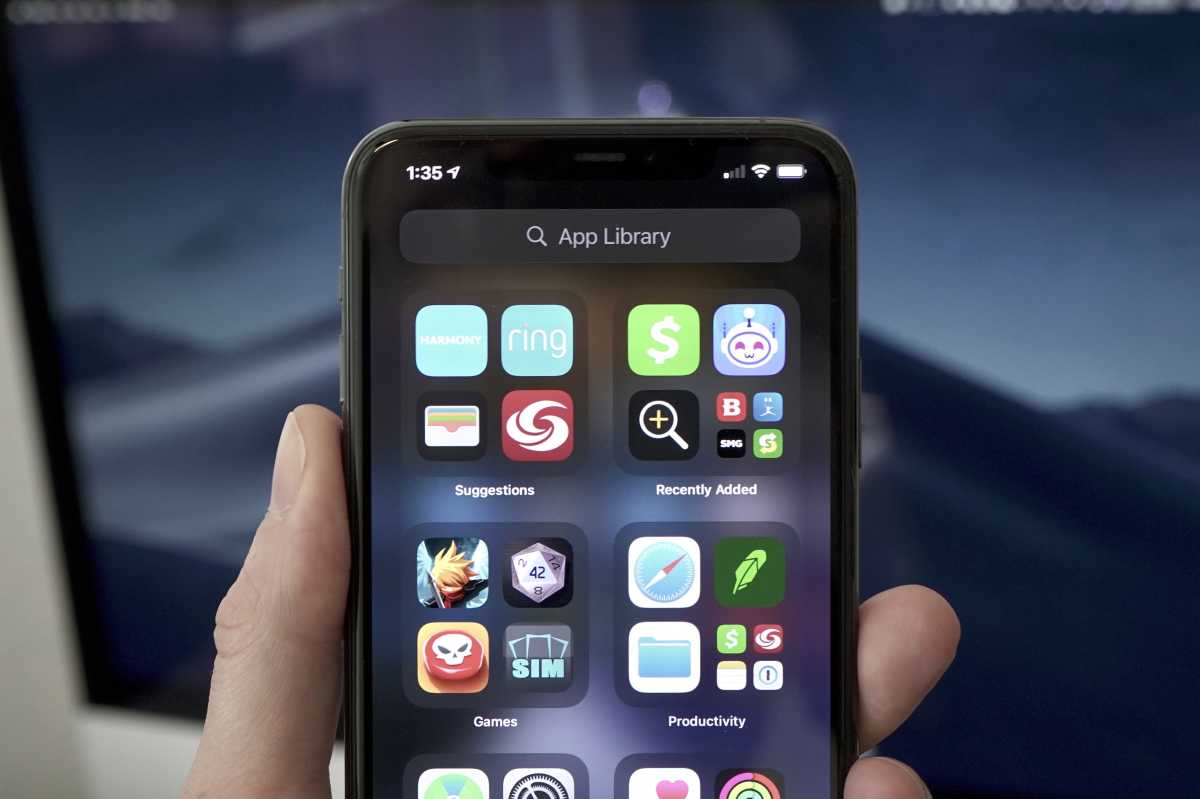
IDG
HomeKit overhaul / new Dwelling app
The Dwelling app has form of an antiquated look and lacks any sense of knowledge hierarchy. The short data and controls on the prime are robotically chosen and may’t be edited, and each machine, no matter sort, is represented by an similar sq..
It’s not instantly clear, with out experimentation, what occurs while you faucet on one in all these squares and what you get while you long-press on it.
The Dwelling app wants a rethinking, with totally different management sorts for various sorts of units. A easy plug shouldn’t be represented and managed the identical means as your good lighting, which shouldn’t be the identical as a thermostat, which shouldn’t be the identical as your HomePod.
And whereas it’s not an iOS 16 factor particularly, Apple must make a a lot greater push with producers so as to add HomeKit help, even outright paying them to take action if crucial. There are far too many good dwelling units that solely help Alexa or Google Assistant however aren’t suitable with HomeKit. Even when Apple satisfied each new good dwelling gadget to help HomeKit, it could take a number of years for the taking part in discipline to stage out.
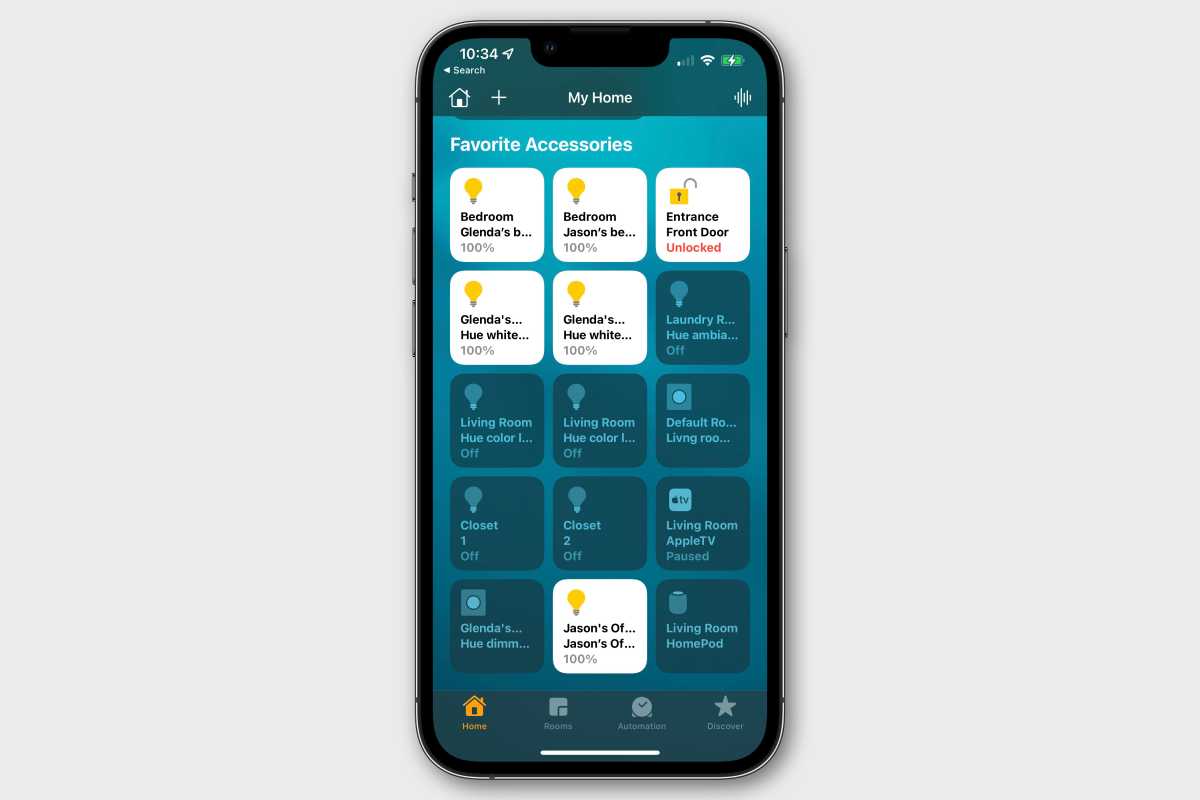
IDG
Extra default app choices
You may set a default e mail app or net browser on iPhone, and have been in a position to since iOS 14. That’s a superb begin, but it surely’s simply that, a begin.
We must always be capable to set default music and podcast apps, so after we ask Siri to play one thing we don’t should specify the app title each time (or hope that it’ll bear in mind). The identical goes with messaging—let messaging apps have a framework to affiliate their consumer IDs with our system contacts so once I say “Hey Siri, message mother” it is aware of to make use of WhatsApp or no matter as a substitute of Messages, if I’ve made the choice to alter my default.
Apple might do extra to offer default app choices past simply net browser and e mail apps whereas staying away from those who might compromise safety. Calendar, Maps, and Climate are all good candidates.
Sideloading (ha!)
The talk over Apple’s App Retailer insurance policies has been occurring for years, and it’s not going to finish any time quickly.
On the Mac, Apple makes use of Gatekeeper and certificates signing to make sure apps don’t comprise malicious code. Builders submit apps to Apple to be notarized, after which they are often distributed on the net in no matter method the developer desires.
One thing like this might work on iOS, too. Customers must decide into putting in apps from exterior the app retailer, and would get applicable warnings, in fact. And apps would in all probability have to leap via extra technical hurdles to be notarized than they do on the Mac—making certain they use the correct frameworks for issues like location entry and such to make sure your iPhone privateness settings aren’t compromised.
In different phrases, Apple ought to notarize and permit the set up of any iPhone app that meets its technical, security, and safety guidelines, however maintain that separate from the content material guidelines that outline App Retailer distribution.
After all, none of it will ever occur till our legal guidelines demand it, so in fact, there’s zero probability that Apple will permit any type of sideloading, even with restrictive notarization necessities, in iOS 16. However this can be a wishlist, not a likely-to-happen record.
Siri enhancements (once more!)
To be truthful, Apple made some very nice enhancements to Siri in iOS 15. It lastly obtained offline processing, which speeds issues up rather a lot and improves privateness. It additionally obtained a bit smarter and extra dependable and is rather a lot higher about understanding what’s on the display screen and reacting to it.
Nevertheless it’s nonetheless obtained so far to go. Not a day goes by that I don’t ask my Google Assistant one thing to which I get a superb reply, after which—simply out of curiosity—I ask Siri as properly. Siri fails far too usually.
Siri’s positively getting higher, it’s simply not getting higher quick sufficient.
2FA app integration
If you’re signing in to an app or an internet site and also you get despatched a two-factor authentication (2FA) code through textual content message, it populates the keyboard suggestion bar with the code. Simply faucet it to robotically sort the code into your app/web site, and away you go!
It’s a superb characteristic, one which saves time from hopping backwards and forwards between the Messages app and making an attempt to recollect a string of numbers. Nevertheless it’s restricted to SMS-based codes, and that’s not all the time essentially the most safe choice. SIM-jacking, quantity rerouting companies, and different assaults can compromise your SMS-based textual content messages.
I’d love for Apple to offer a framework for one-time-password code era apps equivalent to Authy, Google Authenticator, Step Two, and others to allow them to securely populate that very same spot on the keyboard solutions bar when an app or website requests a code.
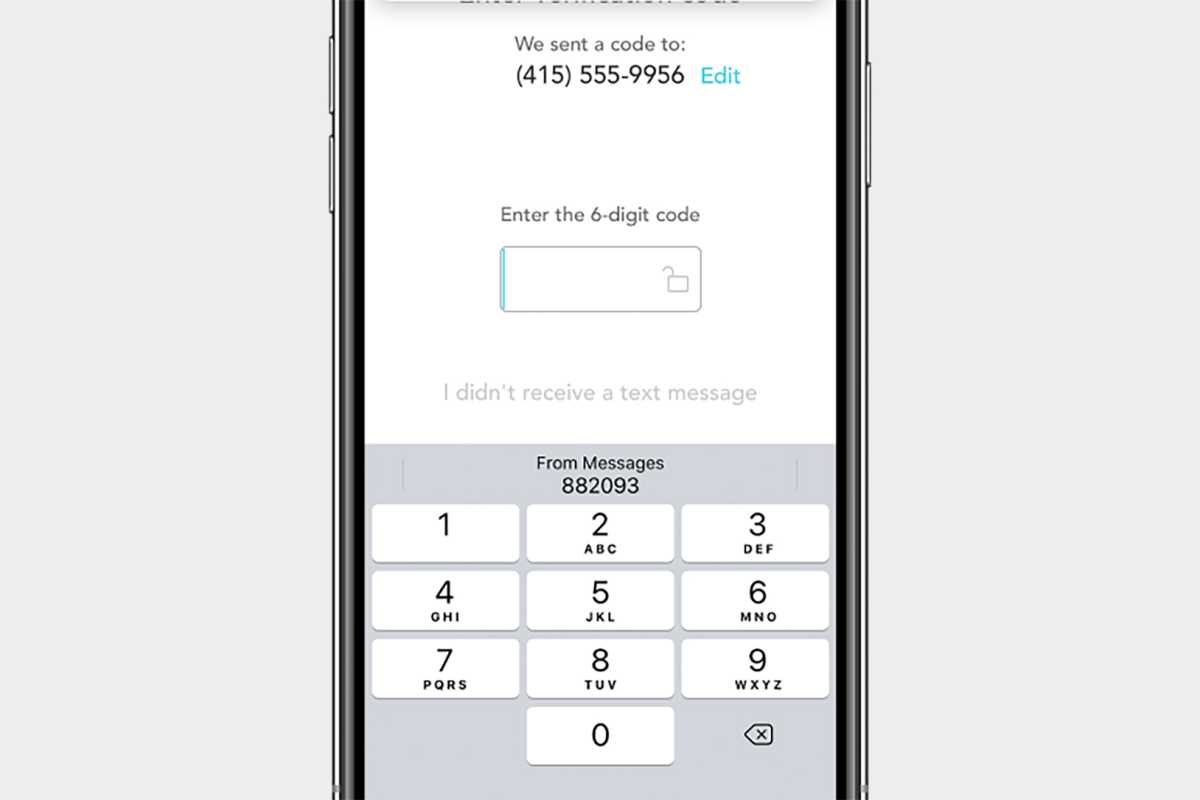
Apple
Battery share within the standing bar
It’s the smallest factor. After we obtained Face ID, we misplaced a giant chunk of the standing bar, and Apple took away our means to see our battery share. Certain, you’ll be able to see it while you swipe down on Management Heart, however who desires to do that?
I do know it’s crowded up there with the TrueDepth module, however there’s obtained to be a easy technique to allow us to see our battery share once more, particularly with rumors that the notch goes away with the iPhone 14 Professional.
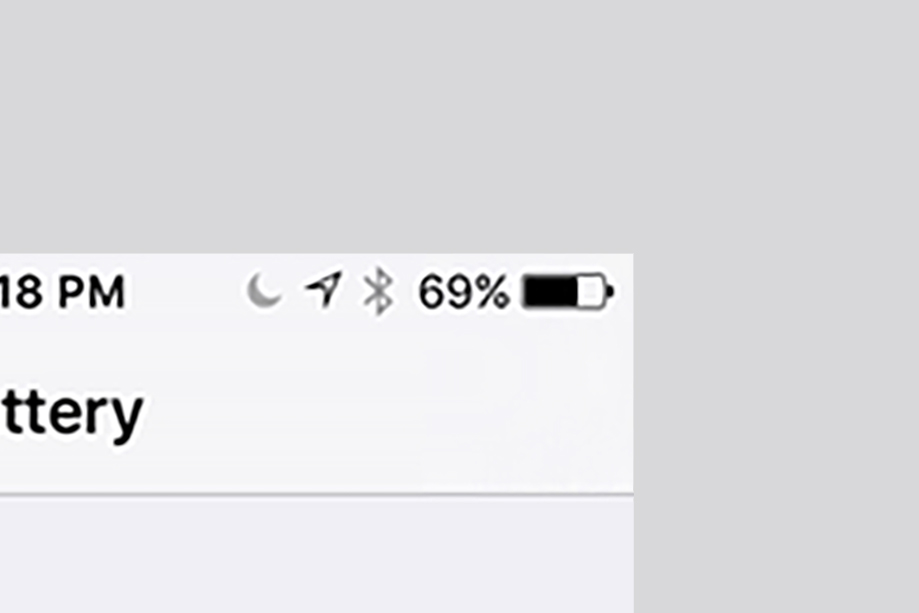
IDG
Name screening
Right here’s one final merchandise from a reader: On Pixel telephones, Google Assistant can be utilized to display screen unknown calls and discover out who’s calling earlier than you choose up or ship it to voicemail. With the rise in robocalls, it’s a implausible characteristic and it could a fantastic if Apple might get Siri to do the identical.
Apple gives a characteristic in iOS 15 that allows you to silence unknown numbers, however there are many occasions after we miss precise calls as a substitute. With Siri and a Name Display screen-like characteristic, we wouldn’t have to fret about that anymore.
[ad_2]
Supply hyperlink